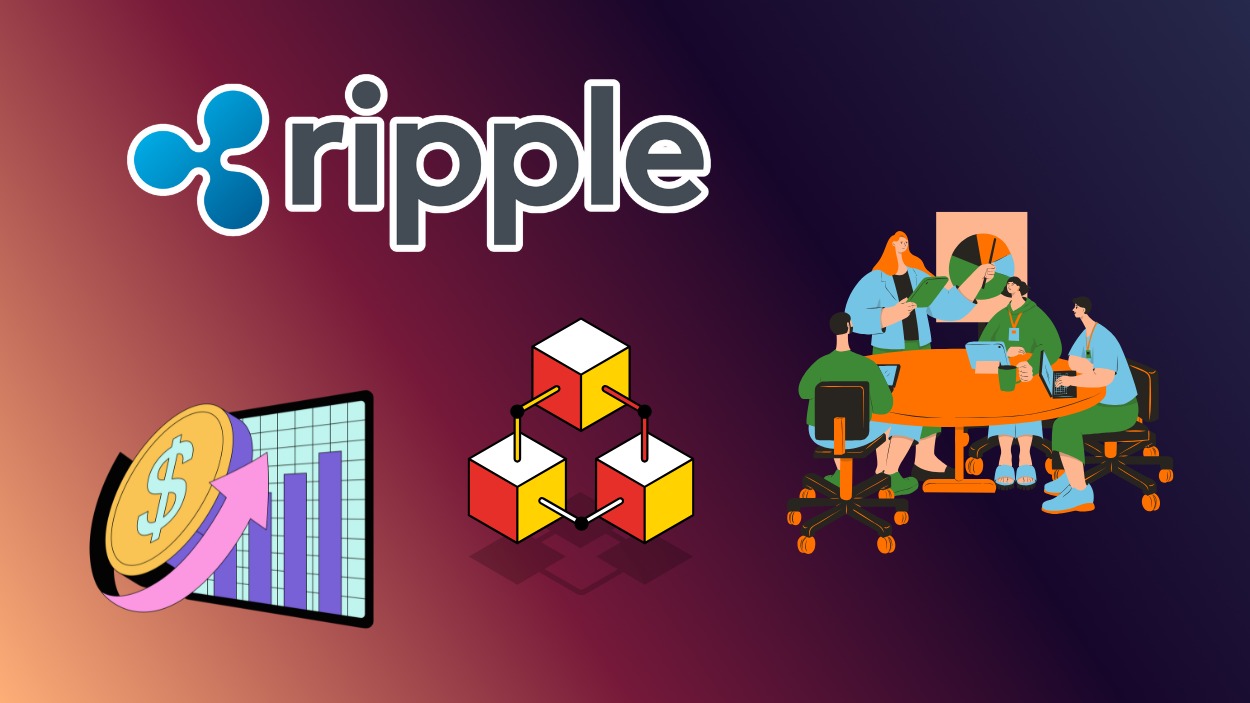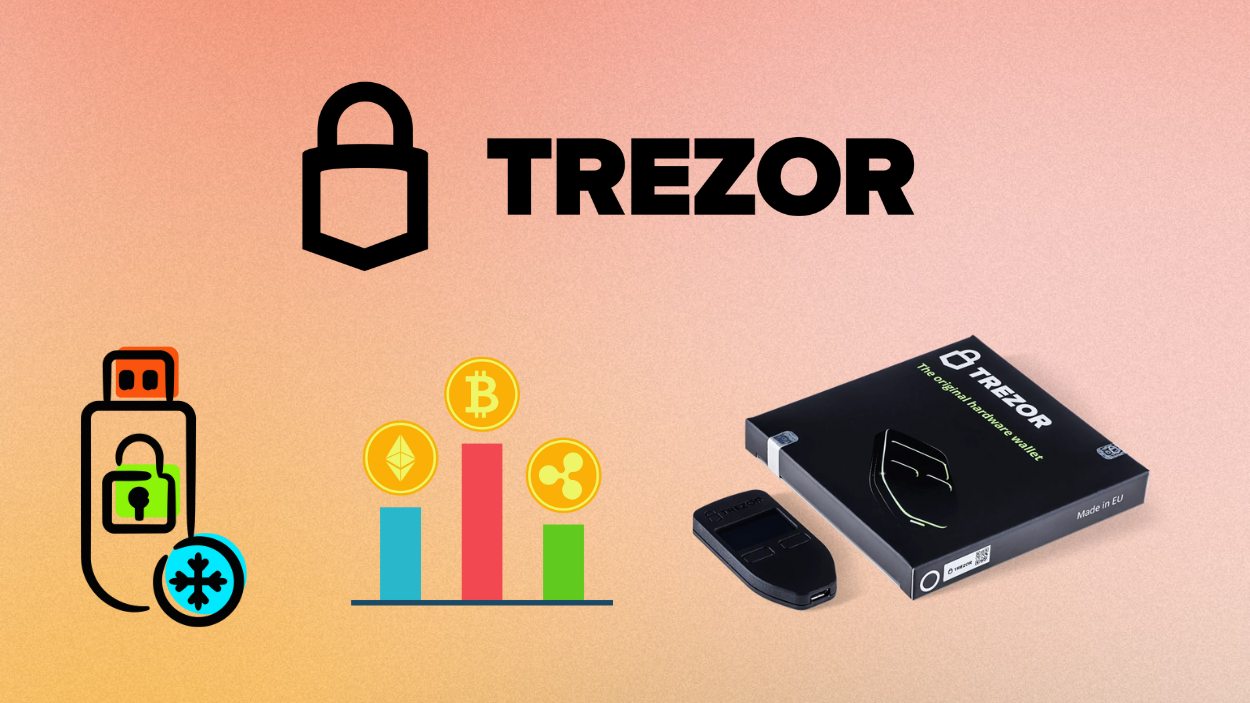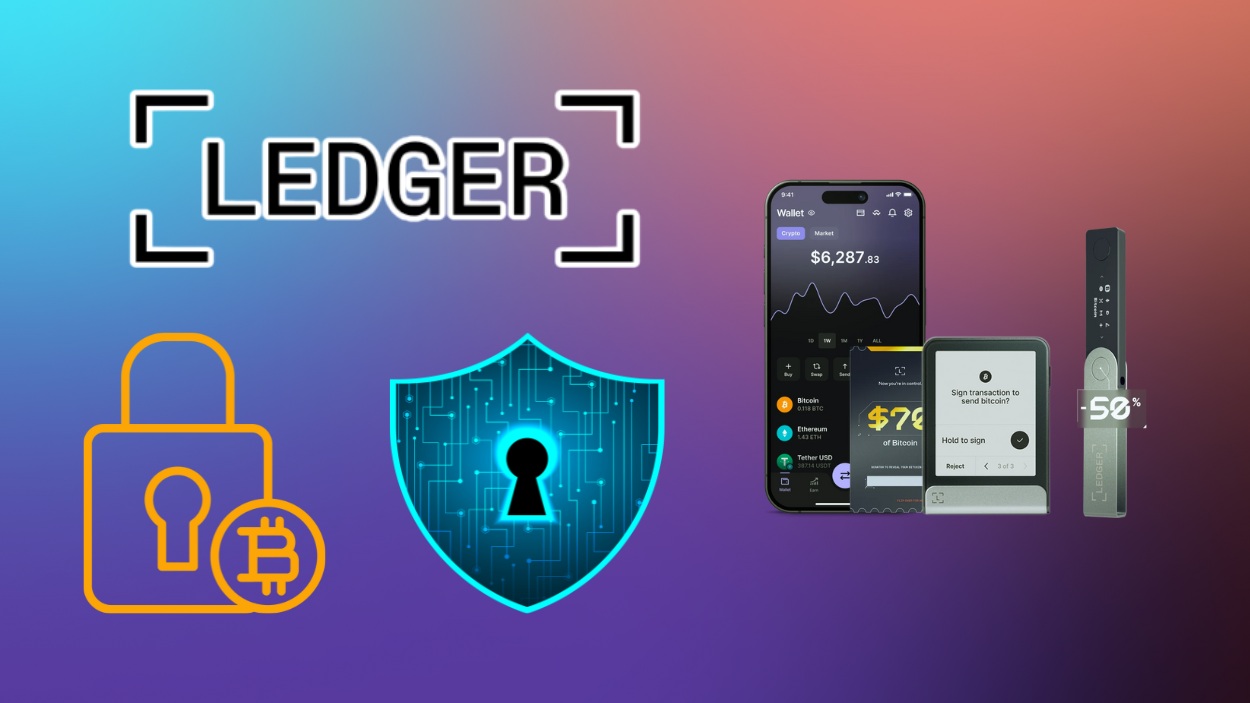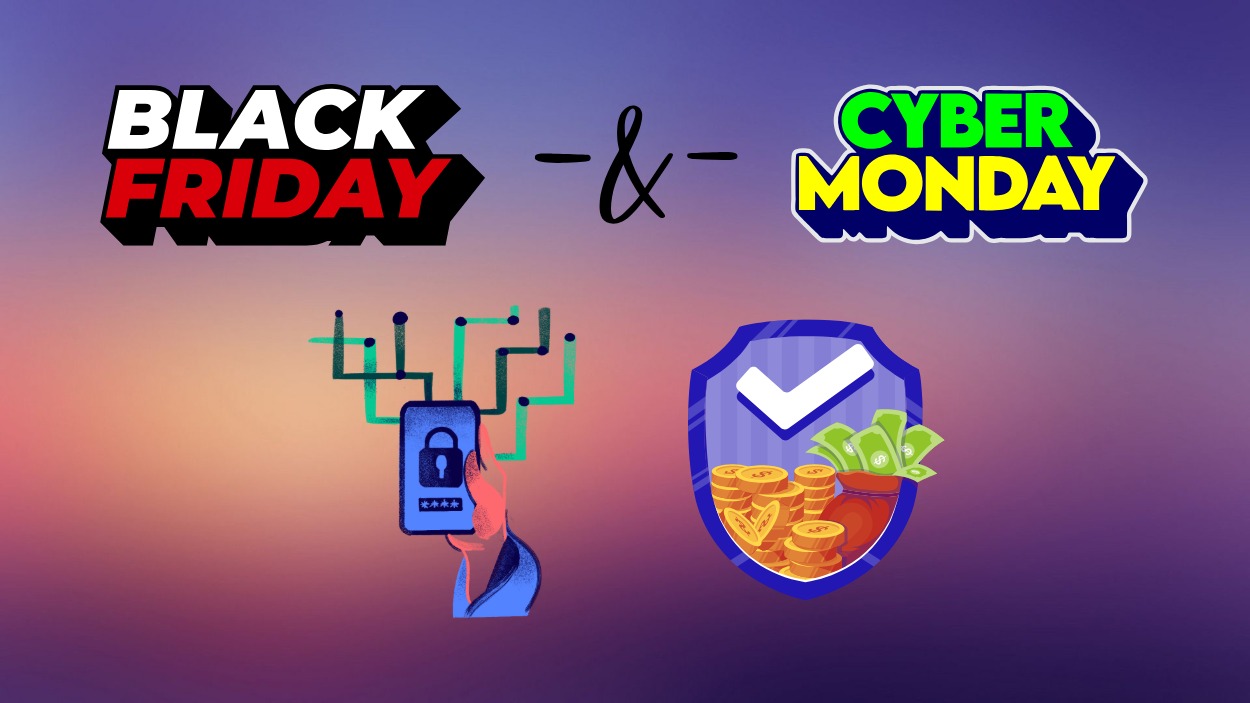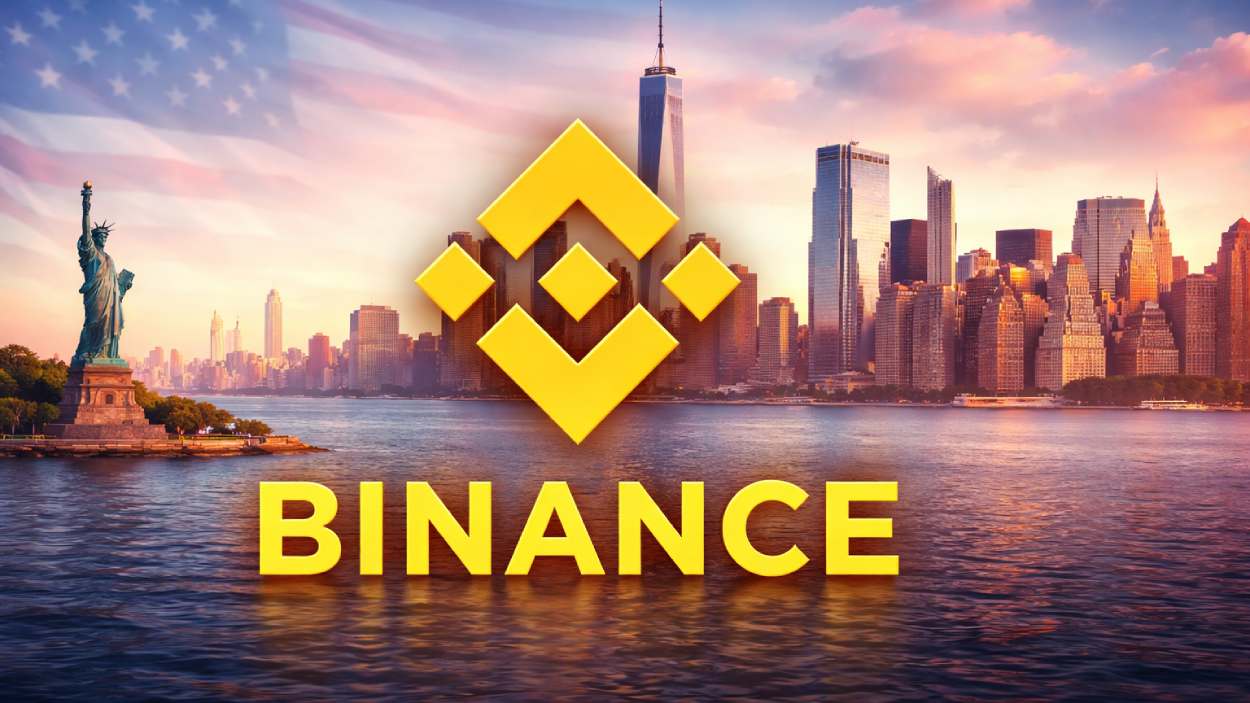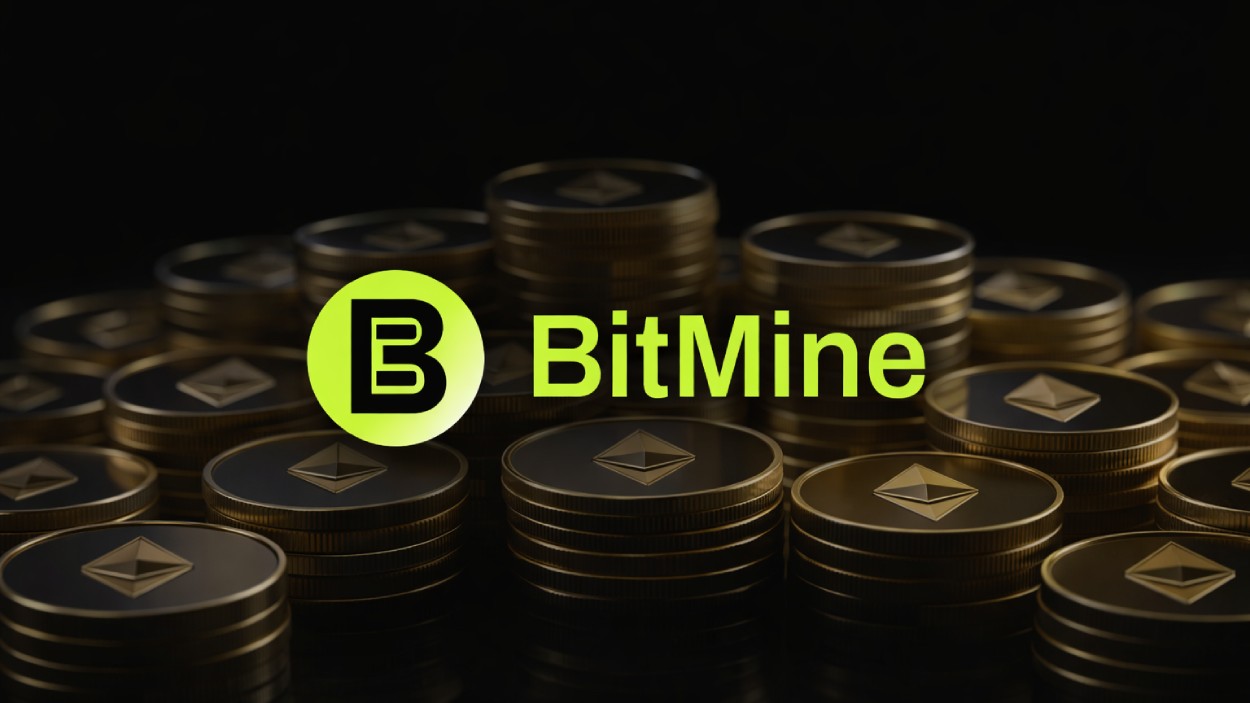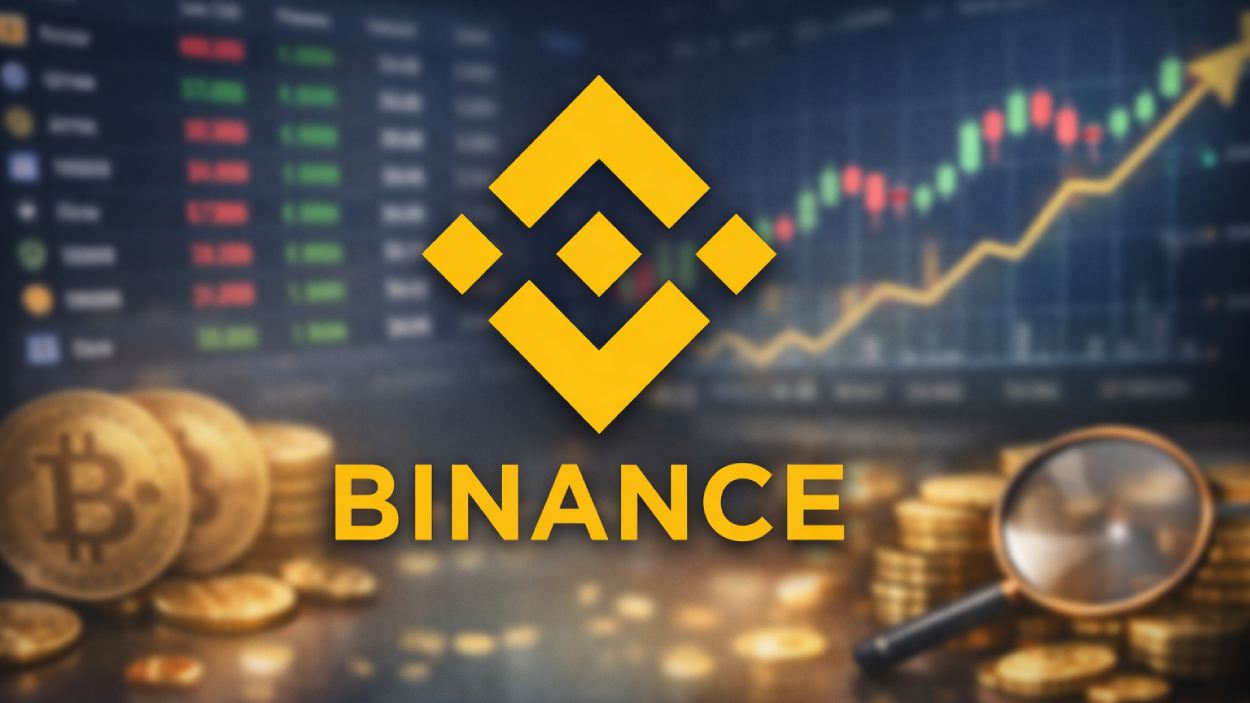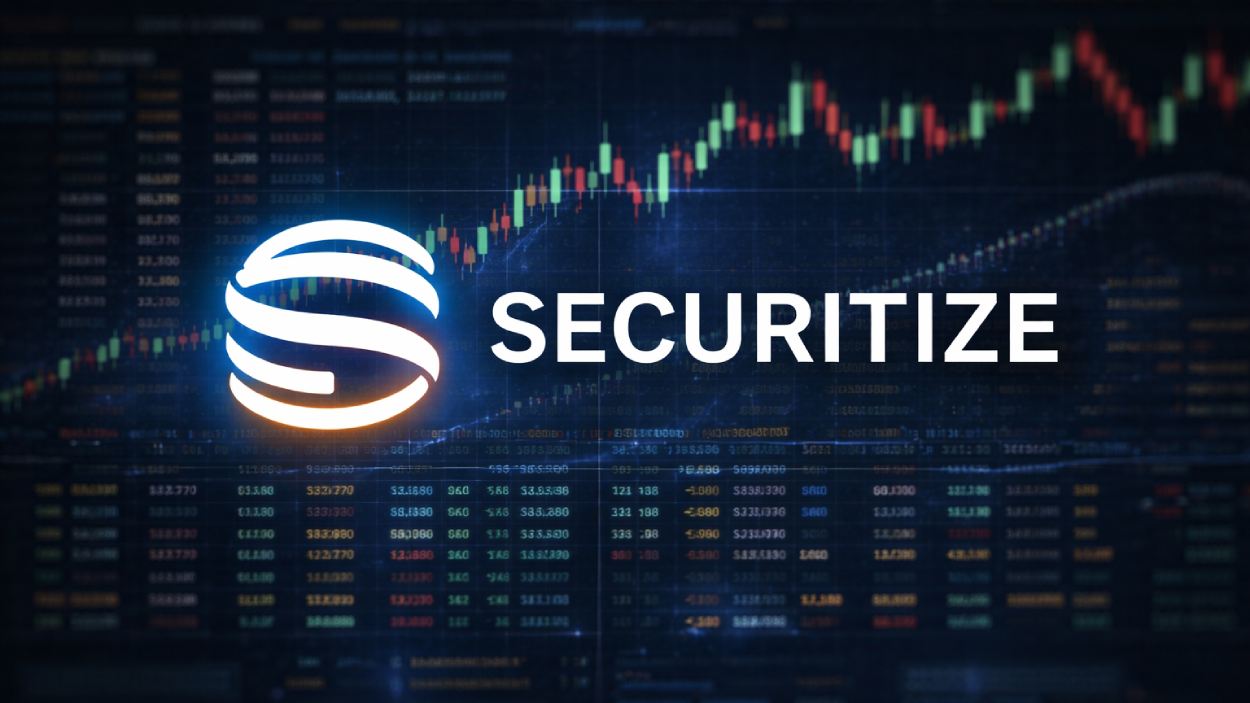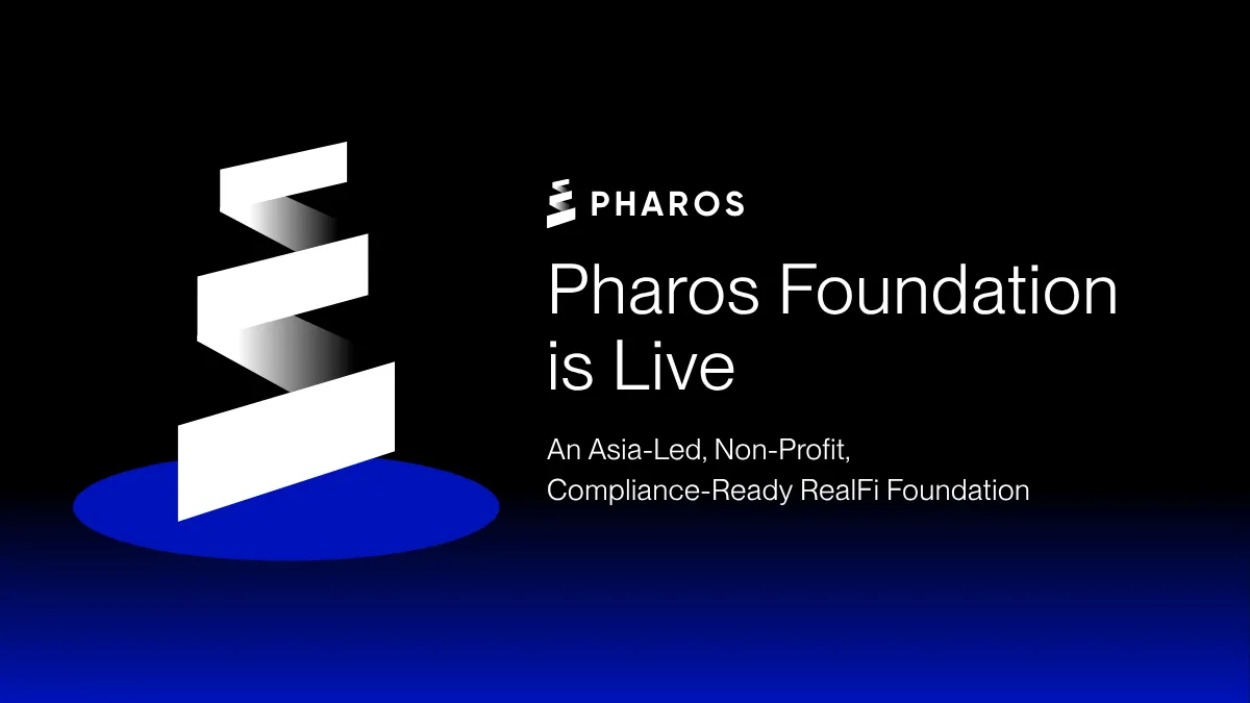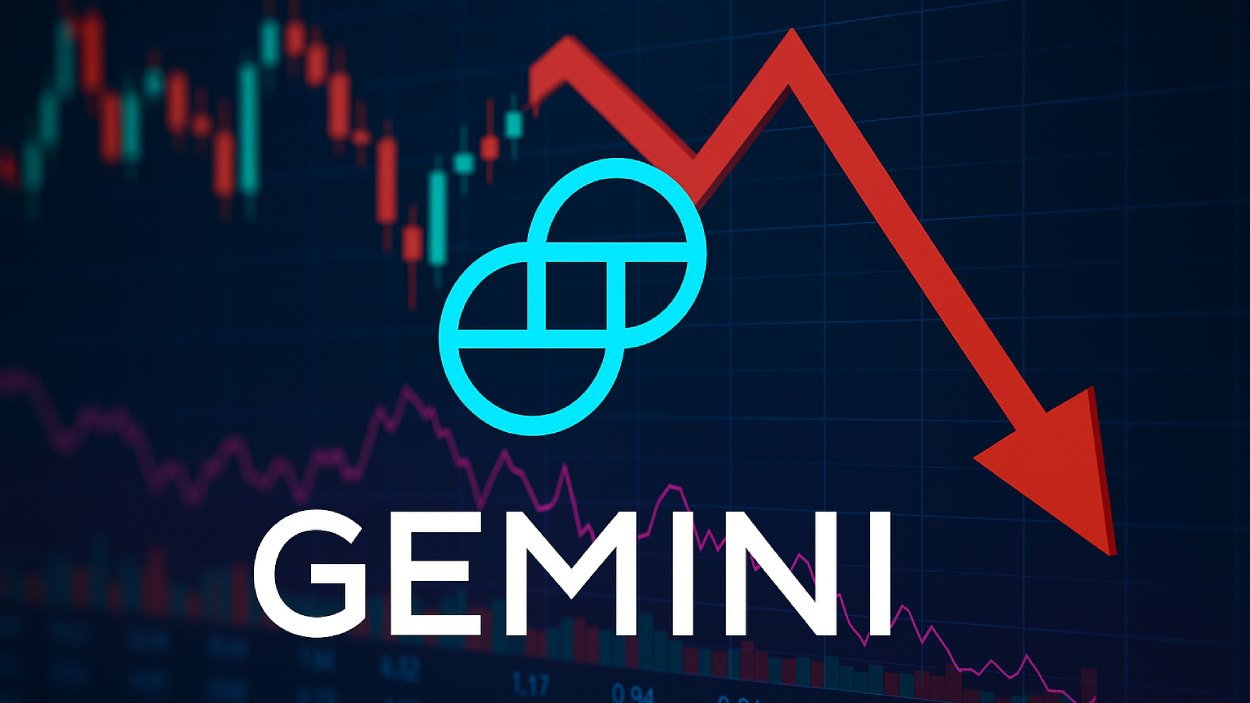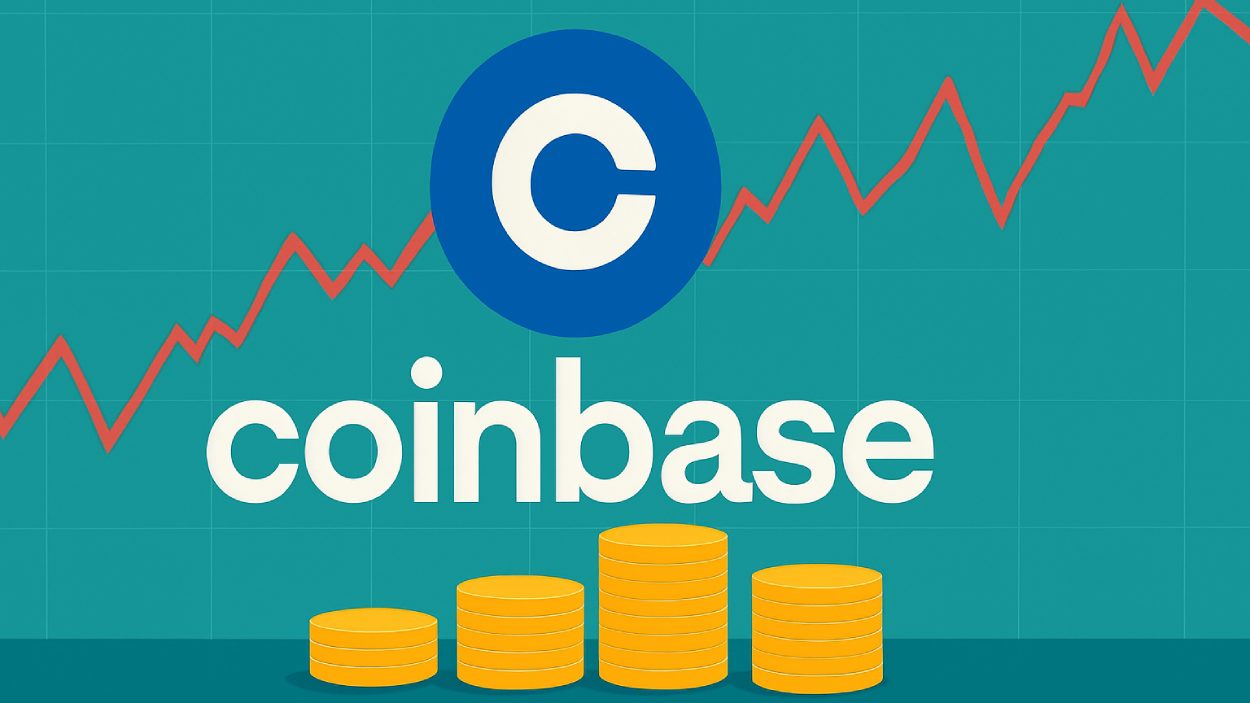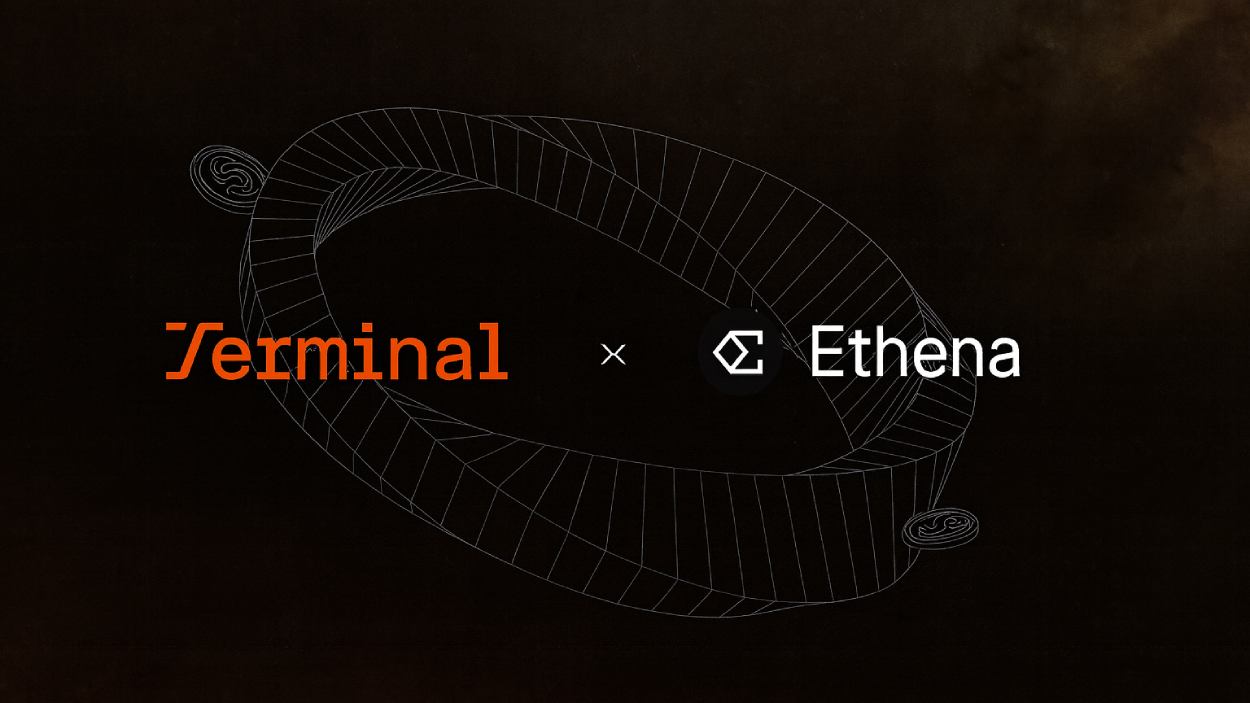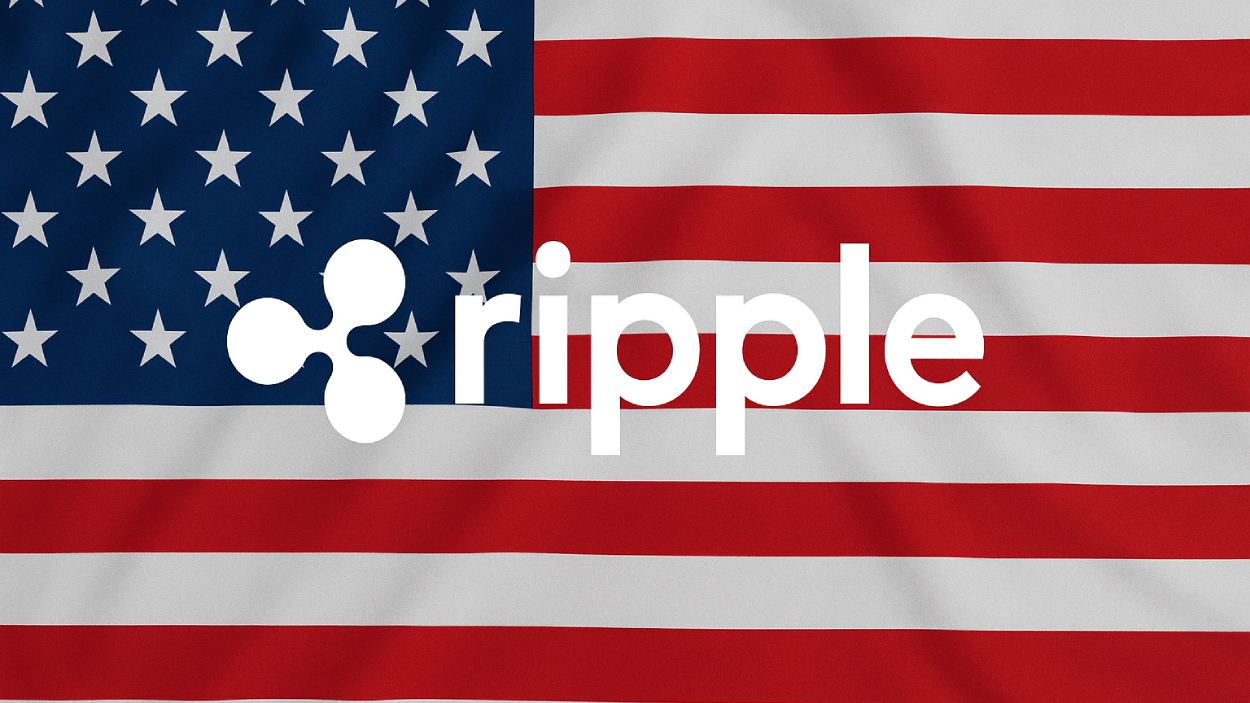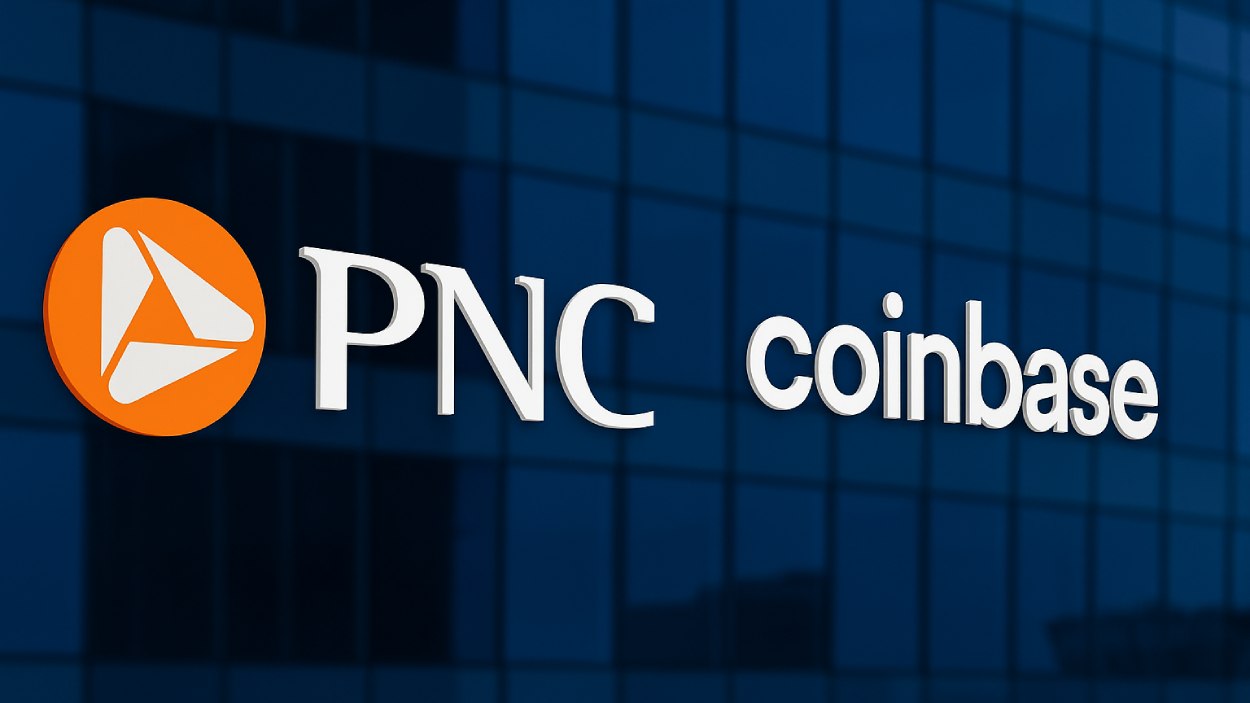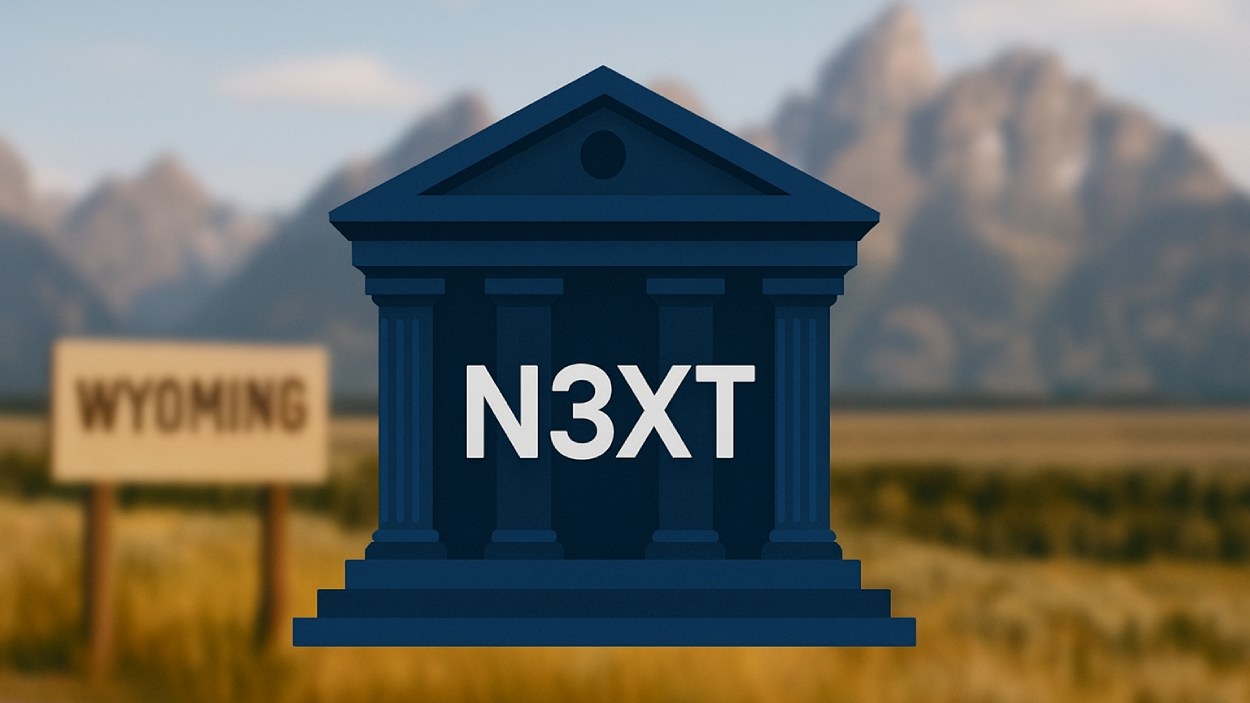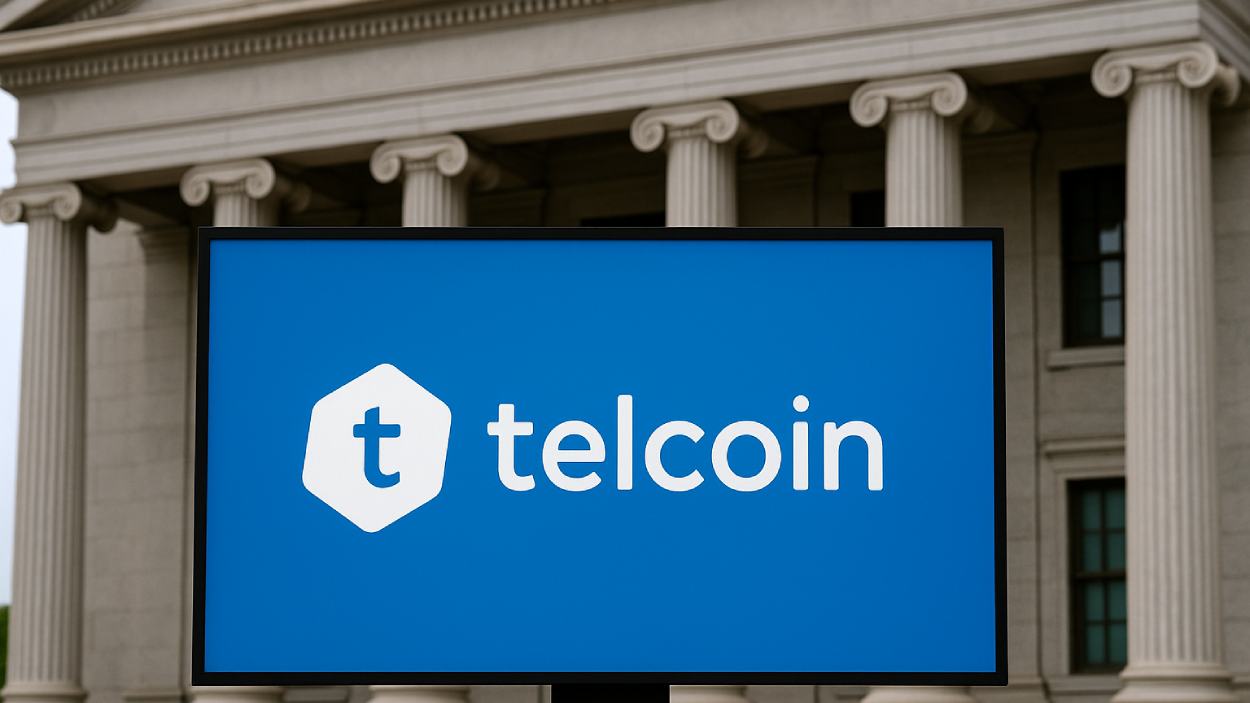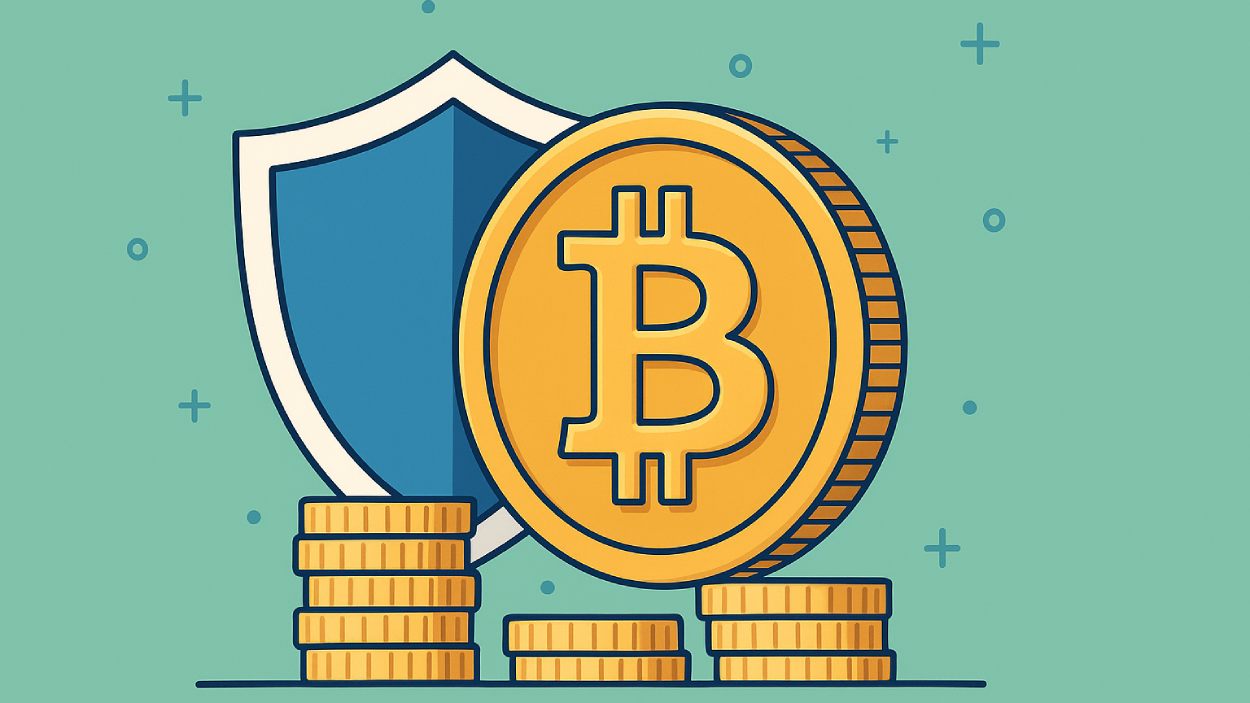Imagine a world where digital assets provide the stability of traditional currencies yet retain the flexibility of blockchain technology. This is no longer a dream but a rapidly advancing reality. From central banks to startups, the stablecoin ecosystem has grown into a cornerstone of the digital economy. This article dives into the key milestones and cutting-edge developments that define stablecoins, offering a statistical perspective on their impact and future trajectory.
Editor’s Choice: Key Stablecoin Milestones
- The total market capitalization of stablecoins reached $251.7 billion as of mid-2025.
- Tether (USDT) continues to lead the stablecoin market with a circulating supply of approximately $112 billion, representing around 68% of total stablecoin capitalization as of mid-2025.
- USD Coin (USDC) continues to grow amid regulatory support, with a strengthened market position in 2025.
- Dai (DAI) remains the top decentralized stablecoin with an estimated $6.7 billion in circulation.
- Stablecoins are used in a growing share of Ethereum transactions, reinforcing their role in decentralized finance.
- USDT processes roughly $20–25 billion in daily transaction volume, depending on the platform and methodology used.
- Stablecoins are in active use across more than 50 countries, particularly in regions with high inflation or limited banking access, such as Nigeria, Argentina, and Vietnam.
Growth and Purpose of Stablecoins
- Stablecoin adoption increased notably in 2025, with Chainalysis reporting high year-over-year adoption growth in emerging markets, although no global growth rate was uniformly cited.
- Stablecoins are increasingly used for cross-border transfers, with some platforms reporting over 50% of their remittance volume powered by stablecoins, though global figures may vary.
- Stablecoin-powered remittance services have reduced fees by 30–60% in some cases, with average global fees using stablecoins often around 2–3%, compared to 6% with traditional banks.
- Tokenized real-world assets (RWAs) surpassed $10 billion in 2025, with stablecoins acting as a primary settlement layer.
- Retail adoption surged as consumers used stablecoins for e‑commerce, saving on fees as low as 0.1 % compared to 3.5 % via credit cards.
- Central banks continue to explore stablecoin integration, with regulatory frameworks like the GENIUS Act now in place in the U.S.
- DeFi TVL climbed to $123.6 billion in 2025, with stablecoins contributing around 40 % of that total.
Stablecoin Interest Rates and Chain Distribution
- Ethereum dominates the stablecoin landscape, hosting 65.4% of the total supply.
- Base follows as a rising chain with 5.6% of stablecoin share.
- Arbitrum, BNB Chain, and Solana each account for 3.7% of the supply.
- Sonic contributes 3.1%, while Polygon and Avalanche hold 2.5% and 1.9% respectively.
- On the yield side, 42% of stablecoin pools offer returns below 5% APY.
- Around 32.1% of pools deliver between 5–10% APY, the most common mid-range yield.
- 21% of pools provide higher earnings in the 10–15% APY bracket.
- A smaller segment, 4.9% of pools, achieves premium rates above 15% APY.
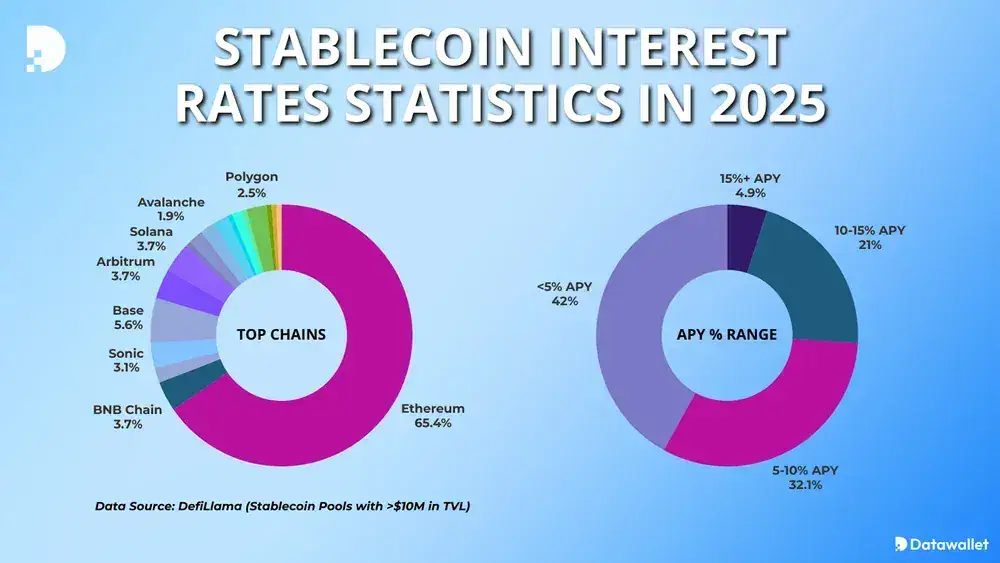
Centralized Stablecoins
- Tether (USDT) remains the most dominant centralized stablecoin with over $112 billion in circulation and roughly 68% market share.
- Circle’s USDC holds a 24.3% market share in Q1 2025 with a $64 billion market cap and growing institutional support.
- Pax Dollar (USDP) reached an estimated $1.3 billion in circulation in 2025 with continued adoption growth.
- Centralized stablecoins account for around 90% of the total stablecoin market as of mid‑2025.
- Regulatory acceptance expanded to approximately 12 countries endorsing centralized stablecoins for cross‑border trade in 2025.
- Integration with traditional finance deepened as Visa and Mastercard support stablecoin payments across 10+ global networks.
- Binance USD (BUSD) saw market consolidation with circulation dropping to around $4 billion in 2025.
Decentralized Stablecoins
- Dai (DAI) leads decentralized stablecoins with a market value surpassing $10 billion in 2025.
- Decentralized stablecoins represent 20% of the stablecoin market in 2025, up from 18% in 2023.
- Reserve Protocol (RSV) maintains a supply of around $500 million, driven by continued adoption in Latin America.
- Enhanced security by platforms like MakerDAO helped reduce stablecoin-related vulnerabilities by 30%.
- Liquid staking-backed stablecoins such as LUSD saw steady growth, reflecting broader DeFi integration.
- User engagement in decentralized stablecoin platforms expanded significantly, driven by global participation.
- Overcollateralization for decentralized models remains strong at approximately 160%.
Market Capitalization and Distribution
- Ethereum remains the leading blockchain for stablecoins, hosting around 70% of the total supply.
- Binance Smart Chain ranks second, holding approximately 15% the stablecoin supply.
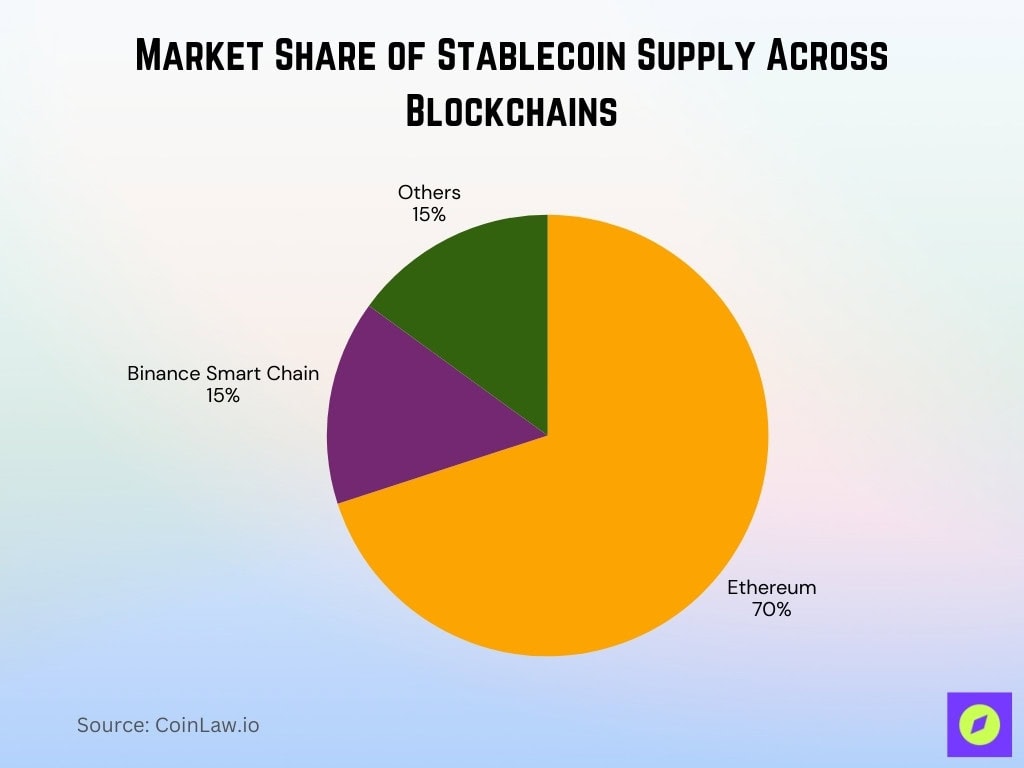
- The stablecoin market reached a record high of $252 billion by mid‑2025.
- The top five stablecoins, USDT, USDC, DAI, BUSD, and TUSD, account for about 90% of total market capitalization.
- Decentralized stablecoins like DAI and FRAX represent 20% of the market cap.
- Stablecoin usage in DeFi applications accounts for roughly $60 billion, showing strong utility in decentralized finance.
- Regional adoption in Asia and Africa contributes nearly 50% of global stablecoin transaction volume.
Transaction Volume and User Adoption
- Stablecoins processed over $5.7 trillion in transactions in 2024, with a sharp 66% surge in volume through Q1 2025.
- More than 80% of stablecoin activity continues to occur on Ethereum and Binance Smart Chain networks.
- Global wallet address adoption exceeded 500 million, with emerging markets driving growth by 30% year‑over‑year.
- Corporate use of stablecoins grew by around 25%, especially for cross‑border payments and supply‑chain settlements.
- Remittance fees using stablecoins fell to an average of 2.5%, down from 5% via traditional banking.
- Stablecoins accounted for 40% of total crypto exchange trading volume.
- Merchant acceptance of stablecoins expanded; now more than 25,000 merchants worldwide accept them for online transactions.
USDC Stablecoin Reserve Breakdown
- Cash & Government Money Market Funds make up the majority of reserves at 61%, ensuring strong liquidity and stability.
- Yankee Certificates of Deposit (CDs) represent 13% of backing, providing diversification through international bank deposits.
- US Treasuries account for 12%, highlighting reliance on safe government securities.
- Commercial Paper contributes 9%, offering short-term corporate debt exposure.
- Corporate Bonds add 5% to the reserve mix.
- A small fraction, 0.2%, is held in Municipal Bonds.
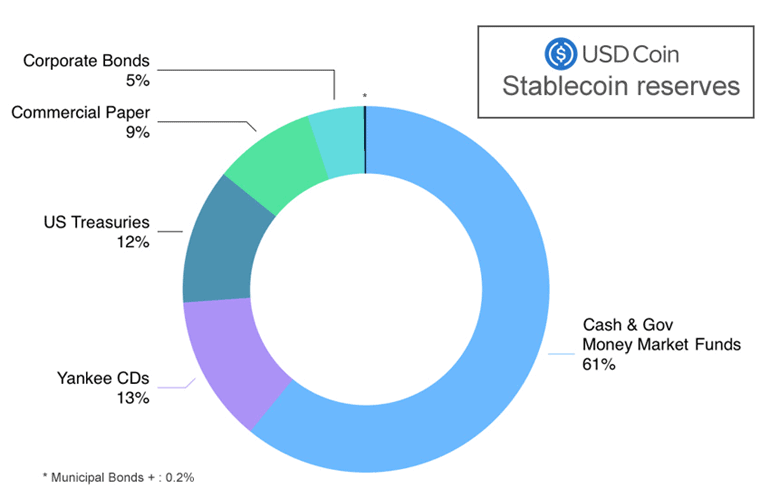
Regulatory Developments and Compliance
- 12 countries, including the US, UK, Singapore, and Hong Kong, introduced stablecoin-specific regulatory frameworks by mid‑2025.
- The EU’s MiCA regulation became fully applicable, setting compliance standards for stablecoin issuers across member states.
- Around 80% of top stablecoin projects now meet global AML and KYC standards.
- The US GENIUS Act, passed in July 2025, created a federal license-and-compliance framework requiring one-to-one asset backing, audits, and reserve transparency.
- Issuer transparency improved with about 90% of stablecoin projects publishing regular reserve audits.
- Hong Kong mandated licenses for stablecoin issuers under its new regulation enacted in May 2025.
- Central banks in 10 countries announced collaborations with stablecoin providers for cross‑border CBDC interoperability.
Stablecoin Usage by Purpose
- DeFi and Trading dominate stablecoin activity, making up 67% of total usage.
- Remittances represent 15%, highlighting their role in cross-border transfers.
- 10% of stablecoin usage is for inflation hedging, protecting wealth in unstable economies.
- Merchant payments account for 5%, reflecting gradual adoption in retail and commerce.
- A smaller share, 3%, falls under other purposes.
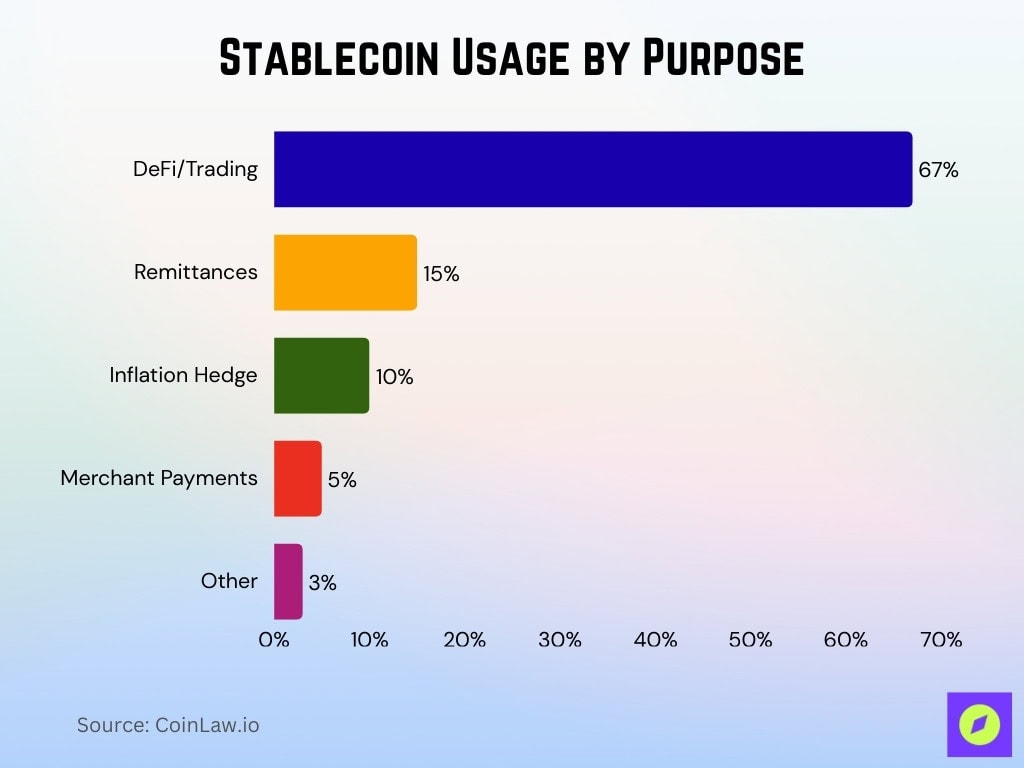
Literature on Stablecoins
- Academic publications on stablecoins grew by 18 %, with over 200 new research papers in 2025.
- A Harvard Business Review study (2024) found that 60 % of institutional investors preferred stablecoins.
- MIT’s Digital Currency Initiative continues to highlight the role of stablecoins in advancing financial inclusion in developing regions.
- More than 50 % of blockchain‑related books published included dedicated sections on stablecoins.
- Whitepapers on algorithmic stablecoins tripled, with a focus on hybrid decentralized-collateral models.
- Stanford launched a dedicated Stablecoin and Digital Assets Lab to drive innovation in regulatory technology.
- Leading financial blogs and journals featured stablecoins in over 30 % of their crypto-related coverage.
Recent Developments
- Stablecoins were integrated into FedNow to enable near‑instant settlements for US businesses.
- Amazon launched a pilot program accepting stablecoins for global e‑commerce transactions.
- Mastercard expanded stablecoin support for select merchants globally and integrated it with its existing card infrastructure, which includes a network of over 150 million merchant locations.
- Ethereum’s Shanghai Upgrade doubled stablecoin scalability and processing speeds.
- Ripple’s Liquidity Hub expanded stablecoin support for faster cross‑border payments.
- BlackRock included stablecoins in its portfolio, signaling institutional confidence.
- India saw a 60 % increase in stablecoin transactions following a rural blockchain‑based payments pilot.
Conclusion
The stablecoin market has cemented itself as a cornerstone of the digital economy, bridging the gap between blockchain and traditional finance. From their growing adoption in cross-border payments to their integration in DeFi and institutional finance, stablecoins are no longer niche instruments but vital tools in the global financial infrastructure. As technological advancements and regulatory clarity continue to evolve, stablecoins will undoubtedly remain pivotal in shaping the future of financial ecosystems worldwide.
Hover or focus to see the definition of the term.









